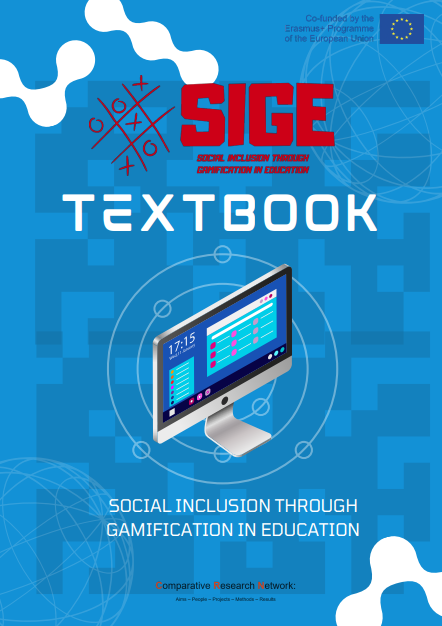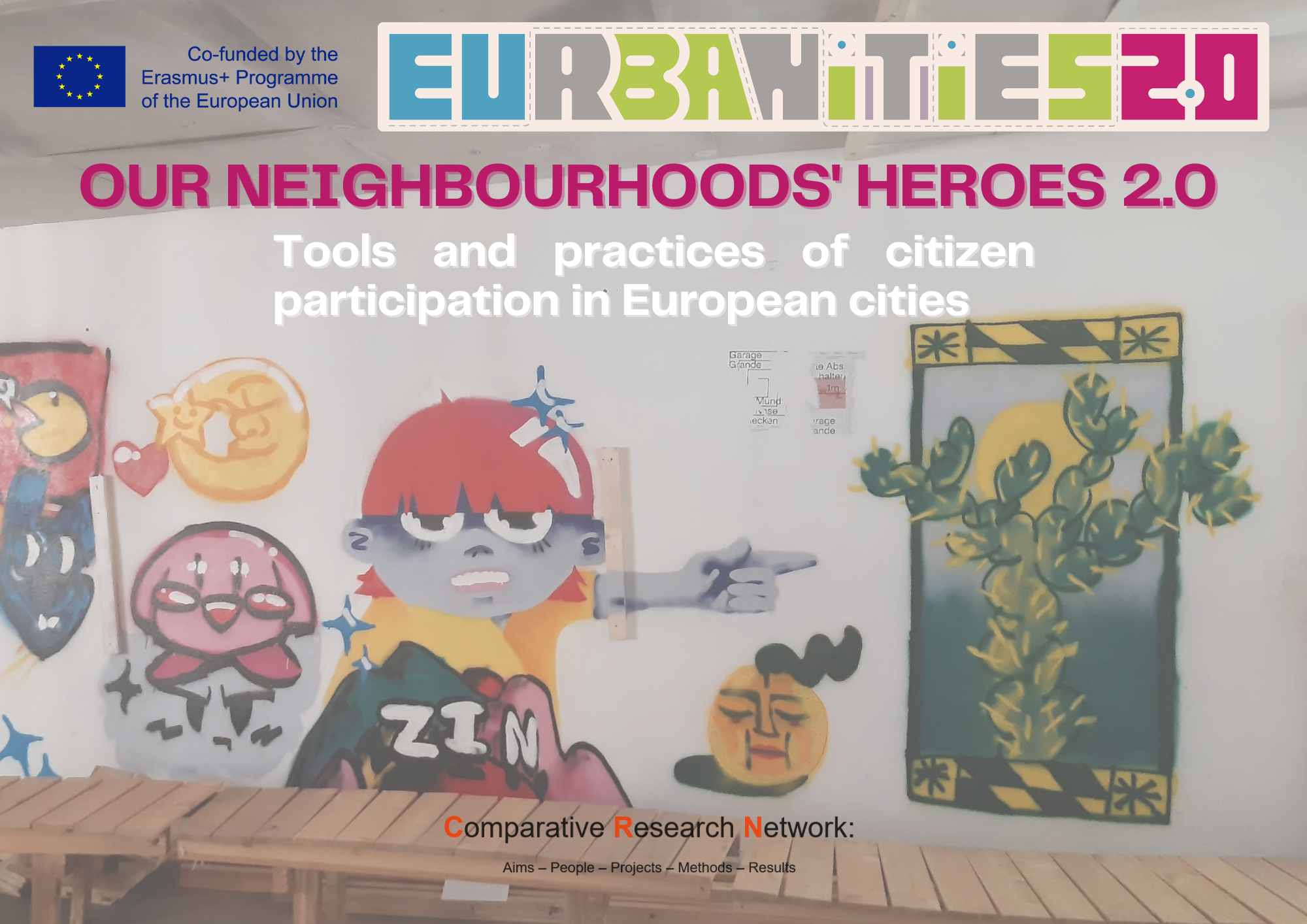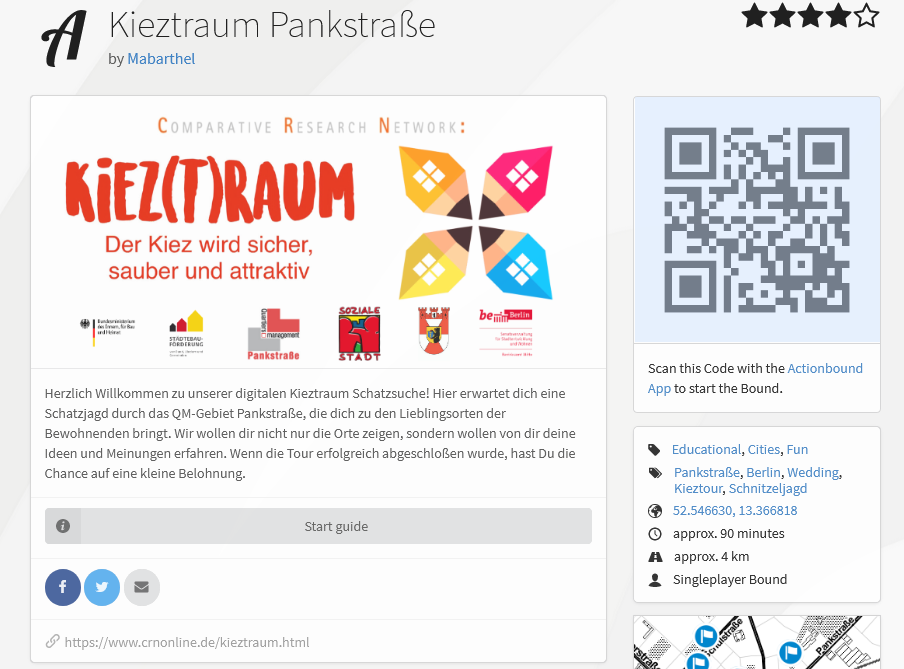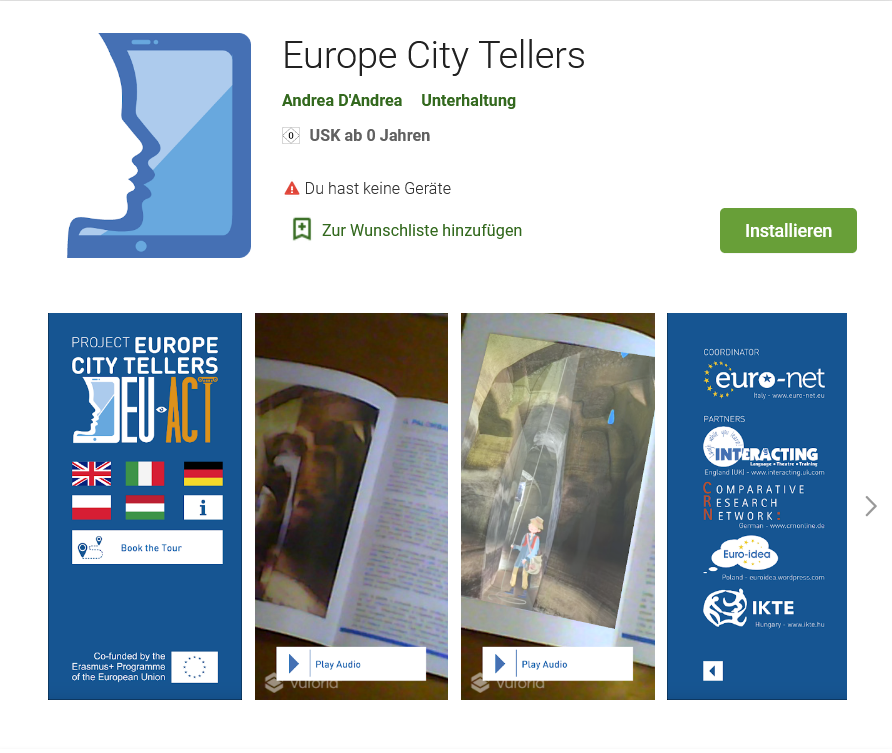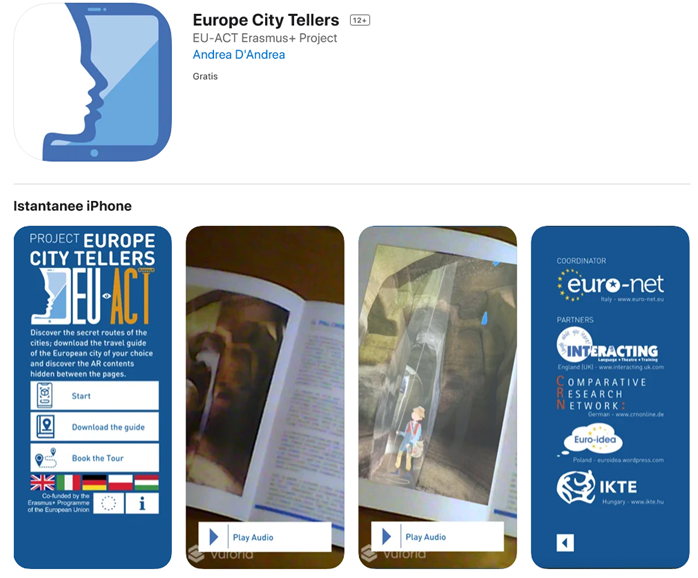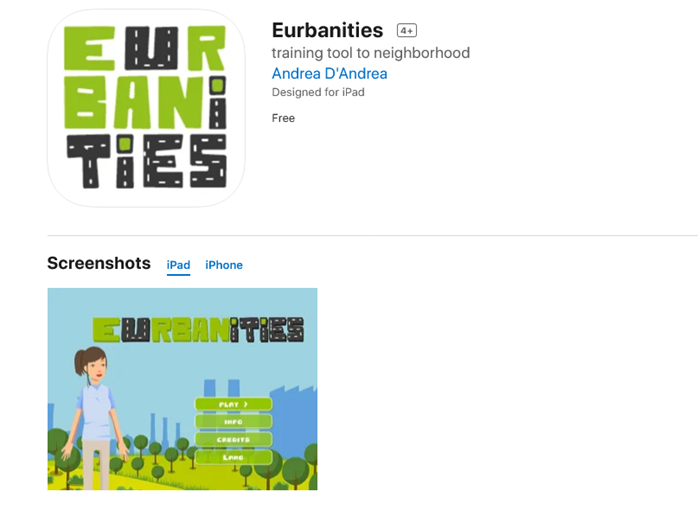
Joyful
Journey of Optimising Well-being through Fun and Unique Learning

Green Transitions
Building the capacity of adult educators to apply Intergenerational Learning for environmental education

EU-Prepare
Preparing refugees and asylum seekers for European civic and democratic values, environmental protection and the use of digital tools through visual language and gamification.

RECORD
Augmented Reality contents for cultural travel

Conscious Consumption
Promoting Conscious Consumption through Serious Games
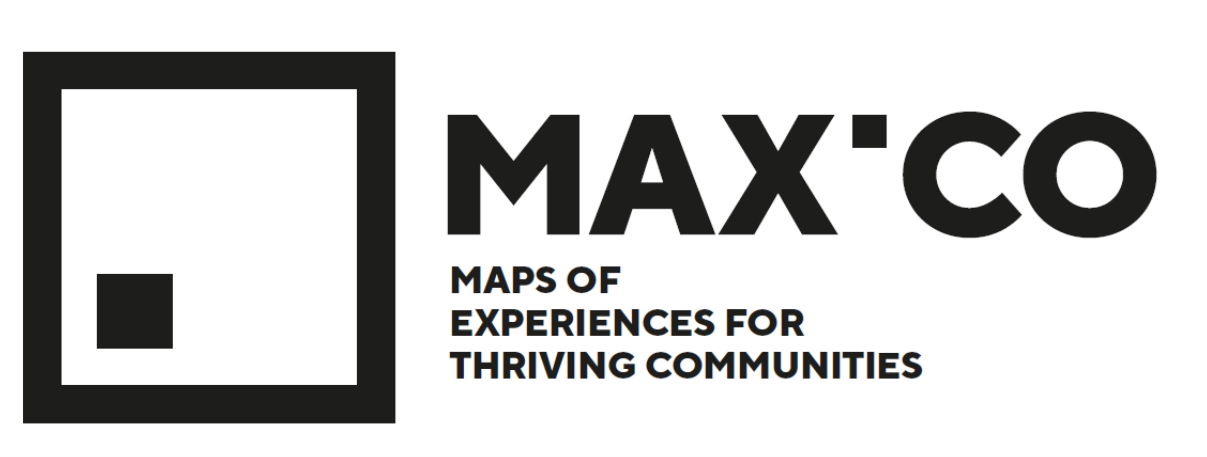
MAXICO
MAps of eXperIences for thriving COmmunities
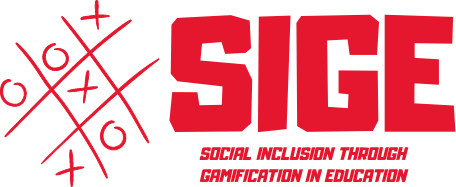
SIGE
Social Inclusion Through Gamification in Education
Eurbanities 2.0
Eurbanities 2.0

Ruralities
Ruralities

MEM
Modern Educational Methods
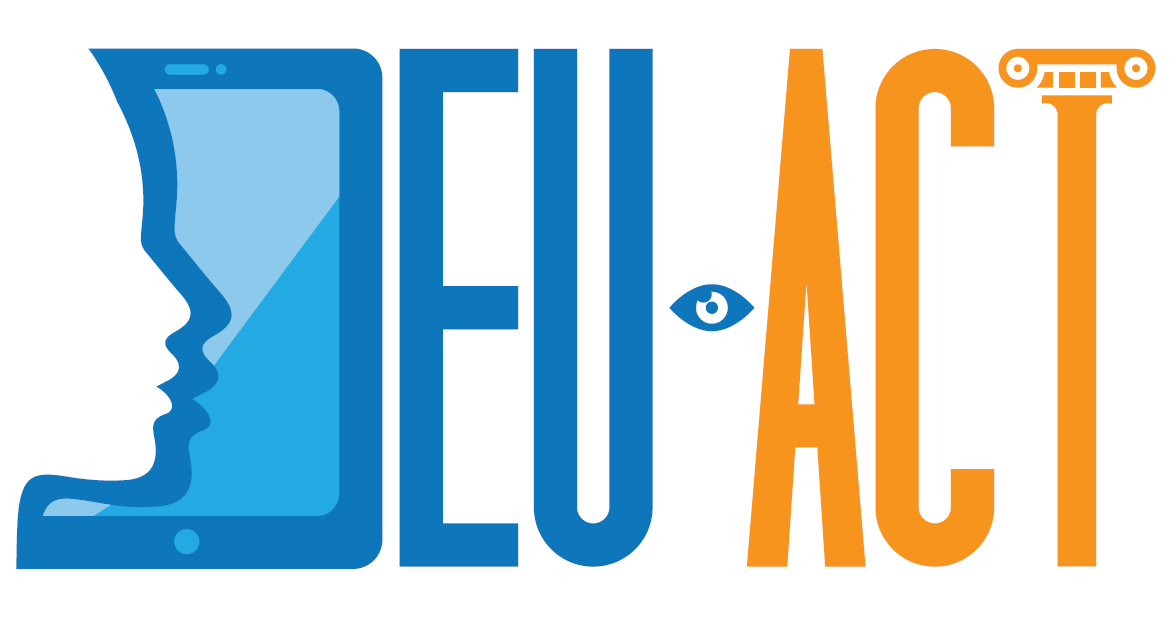
EU-ACT
Europe City-Teller: Mediazione culturale & storytelling per il turismo tra teatro, multimedialit? e narrazione.

LENT
LENT - Languages for European Niche Tourism
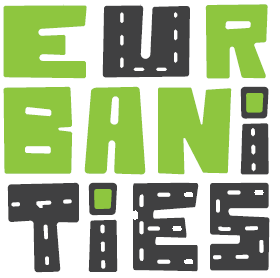
EUrbanities
EUrbanities - Empowering civil participation through game based learning
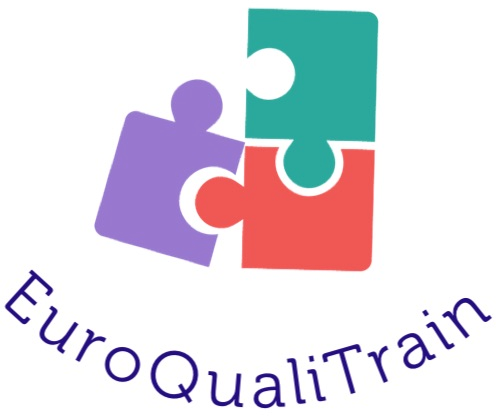
EuroQualiTrain
EuroQualiTrain - Qualifizierung und Training in Europa






